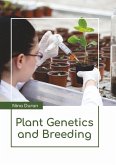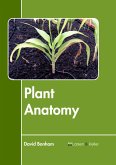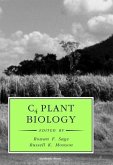Plants are exposed to a wide range of environmental stresses that reduce and limit crop productivity. Biotic stress and abiotic stress are the two types of environmental stresses that affect plants. Some examples of abiotic stress are radiation, salinity, floods, drought, extreme temperatures, and heavy metals. These factors contribute towards the depletion of important crops across the world. Biotic stress, on the other hand, refers to the damage caused by various pathogens including weeds, fungi, insects, herbivores, nematodes and bacteria. Plants develop various strategies to combat the threats of biotic and abiotic stressors. On detecting environmental stress, plants produce the necessary cellular responses. The role of signaling pathways is crucial as it helps in detecting the external stress environment. This leads to plants producing an appropriate response, which may be biochemical or physiochemical in nature. The genetic code of the plants stores information with respect to the defense mechanisms that are activated when faced with stresses. This book includes some of the vital pieces of works being conducted across the world, on various topics related to plant stress biology. It will provide comprehensive knowledge to the readers.
Hinweis: Dieser Artikel kann nur an eine deutsche Lieferadresse ausgeliefert werden.
Hinweis: Dieser Artikel kann nur an eine deutsche Lieferadresse ausgeliefert werden.








